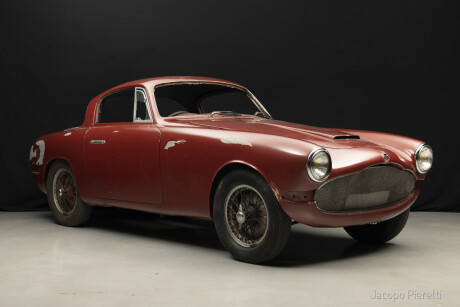
#TourDeBelgique
The Tour de Belgique Automobile (or Ronde van België) was a Belgian mixed-format motorsport competition held from 1948 to 1974, organized by the Royal Motor Union de Liège. It was a multi-stage endurance event that included regularity tests, endurance challenges, pure speed sections (mostly in forested areas), hill climbs, and circuit races (at Zolder, Nivelles, Mettet, and Chimay). The route spanned 1,600 to 2,000 km, to be completed in less than 72 hours, with a mix of circuit racing, timed road sections, and liaison stages. The rally typically started in Chaudfontaine, Liège, or Huy, and was traditionally the final event of the Belgian Rally Championship in November. From 1970 to 1972, the event was part of the European Rally Championship (ERC), attracting international drivers such as Sandro Munari, and Walter Röhrl, who used it as a decisive opportunity to clinch the European title. However, the 1973 oil crisis led to the sudden cancellation of the event due to fuel restrictions, marking the end of the competition. High costs for participants, including expensive equipment and demanding reconnaissance, further contributed to its decline. The complex format also made it less appealing to French drivers, who preferred simpler rallies like Ypres. Among the most successful competitors, Gilbert Staepelaere won a record seven times, while René Bintner and Luxembourg’s Nicolas Koob each secured three victories.
We'll tell the story of this event on the occasion of its anniversary or when it will reach a sufficient number of cars.
If you would like to share your knowledge and archive, click on the banner JOIN THE LAB - HELP US TO IMPROVE & COMPLETE THE INFORMATION.
The census of all the cars related to this topic is in progress.
CARS (1)
